From the last decade, there has been a constant rise in pollution and global warming. The climatic conditions around the globe are taking a turn for the worst. With the rise in pollution, people and government around the world have already begun shifting to sustainable ways of living. Along with every other thing now the mode of transportation is also becoming sustainable. Now we have electric vehicles-cars, bikes, cycles, etc.
Among various countries, India is also heading towards an emission-free future. The government has been very sensitive towards making the transportation system eco-friendly. So, back in 2015, the Government of India introduced the FAME India Scheme. This program empowers electric vehicle projects and promotion in India.
In this post, we will explain in details about the FAME scheme of the Indian government. We will discuss what are the features of this government plan and what are the various benefits of this scheme.
FAME India Scheme: The Origin
As mentioned before, The FAME scheme was initiated in the year 2015. The Ministry of Heavy Industries and Public Enterprises launched it. Its primary aim is to provide incentives to the EV automakers. At the same time, it will also promote the use of electric vehicles. this scheme falls under the National Electric Mobility Mission Plan.
The Scheme follows two phases. The 1st phase took off in 2015 and was active until March 31st, 2019. Continuing with the project a second phase was launched. The 2nd phase of FAME India started from the 1st of April, 2019. The government aims to get it completed by 31st of March, 2022.
You May Also Like,
- Different types of electric vehicle cooling system
- Electric Vehicle Buying Guide: Finding your perfect EV
- Top 5 electric vehicle startups in India
The focus of the FAME Scheme
Basically, under this scheme, the government will provide subsidies to electric vehicle makers. The government of India will invest a massive amount of Rs 14,000 crore for the upliftment of the infrastructure for electric vehicles.
Under the scheme, 2-wheelers, 3-wheelers, electric cars, buses will enjoy the subsidy benefits. It will also focus on the vehicles with the hybrid powertrain. This scheme will also focus on four major areas–Technology development, Demand Creation, Pilot projects and charging infrastructures.
Phase-I
The first of the FAME-India scheme was originally scheduled for two years. The government invested an amount of 895 crores on it. While the Phase-I was active around 2,18,625 electric vehicles were promoted. As per the NEMMP, India will set a target of saving up to 2.2 to 2.5 million tonnes of Fossil fuels.
There is an aim to cut down the carbon dioxide emission by up to 1.5% by 2020. Also, there is an aim to establish a chain of electric charging infrastructure. Here in India, we have a lot of automakers who are ready to offer their EVs. However, India lacks an EV charging infrastructure. There is an urgency to set up charging stations across the nation.
Phase-II
The 2nd phase of FAME is an extension of the 1st phase. In the second phase, the government has plans to invest up to Rs 10,000 crores over a span of three years until 2022. In the 2019-2020 timeline, there will be an investment of 1500 crore. Again between 2020 and 2021, the government will invest Rs 5000 crore. Finally, in the last leg of the scheme, from 2021-2022, it will invest 3500 crores.
The second phase of FAME-india scheme will cover all-electric as well as hybrid vehicles. this will include 2, 3-wheelers and 4-wheelers as well.
For the effective monitoring and seamless implementation of the scheme, a committee called PISC will be set up. PISC is Project Implementation and Sanctioning Committee.
The Incentive Scheme
Now, let’s check out what is the amount of incentive a particular type of electric vehicle is going to get. The incentives will be based on ex-factory price limits.
2-wheelers
Rs 20,000 of incentive for 10 lakhs electric 2-wheelers.
4-wheelers
An incentive of Rs 1.5 lakhs to 35,000 electric four-wheelers. This is subject to ex-factory price up to Rs 15 lakhs.
Hybrid 4-wheelers
In this category incentive of Rs 13,000 to 20,000 hybrid electric four-wheelers. The incentive is subject to an ex-factory price of Rs 15 lakhs INR.
E-rickshaws
As per the scheme, 5 lakhs E-rickshaws will get an incentive of Rs 50,000.
E-Bus
Up to 7090 e-buses will get incentive up to 50 Lakhs each with subject to ex-factory price up to 2-crore.
Infrastructure for Electric Vehicle Charging
The FAME-India scheme also has focused on setting up an electric vehicle charging infrastructure. About 2700 charging points will be set up in the metros. Also, it will be set up in cities and smart cities. To provide convenience for long riders who drive in EV, charging stations will also set up in the hilly states across india.
In fact, the government has plans to put up at least one EV charging stations in every grid of 3 X 3 km. It has allocated an amount of 1,000 crores. Each 25km stretch of the national highway will have electric vehicle charging stations on both sides of the road.
EvLens’ POV
If the plans execute within the right timeframe India will be a forerunner in the global EV domain. The industry will also provide jobs to many people. The emission rate will come down to a significant level. The FAME India scheme will make the concept of sustainable transportation available to every single individual out there. It’s a great initiative by the government.

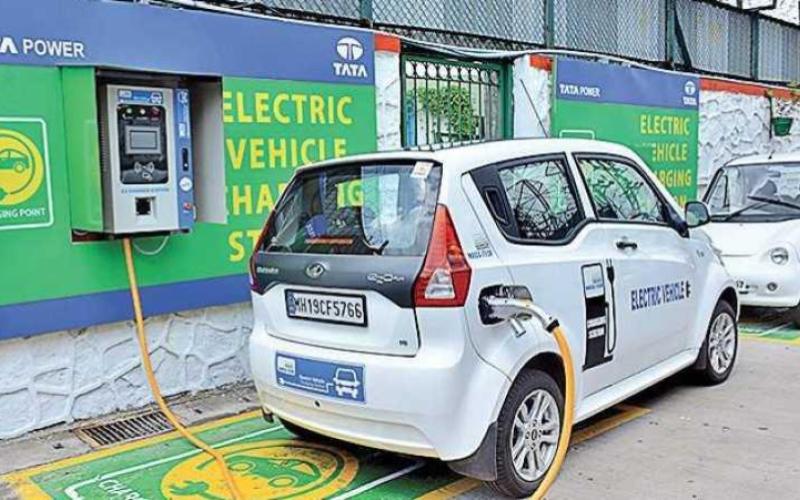
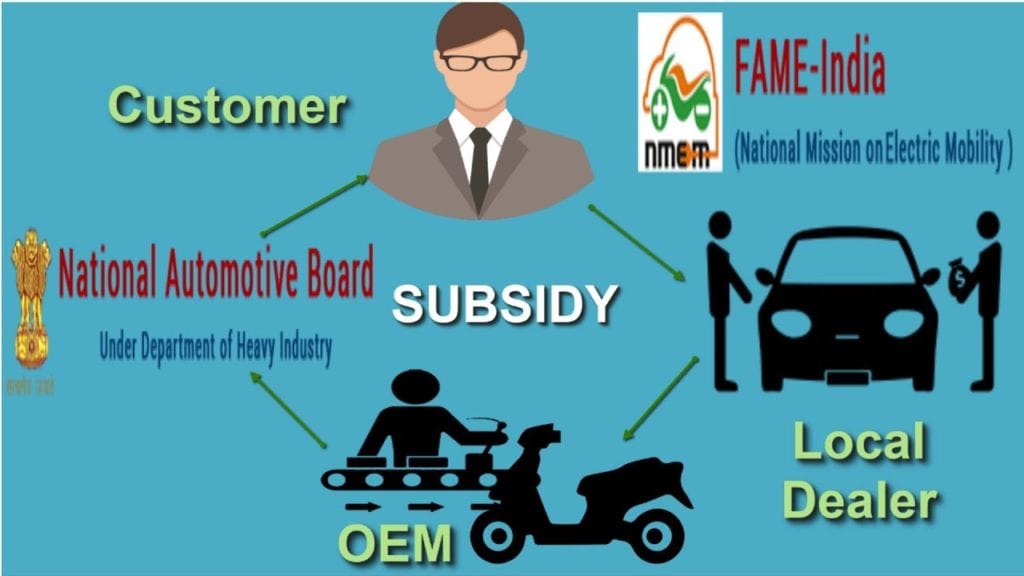
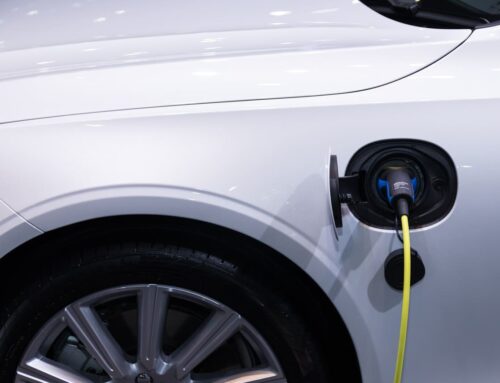
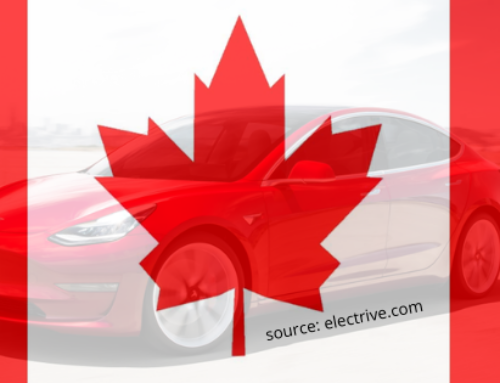
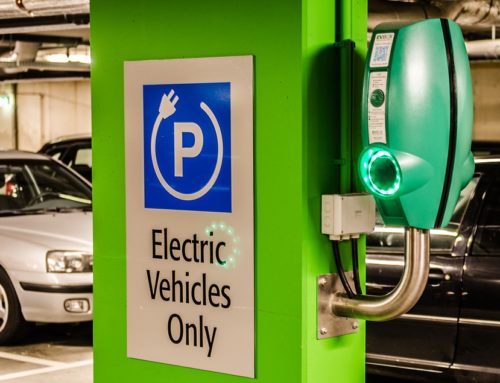
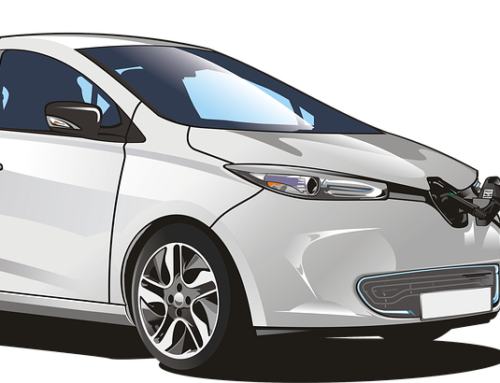
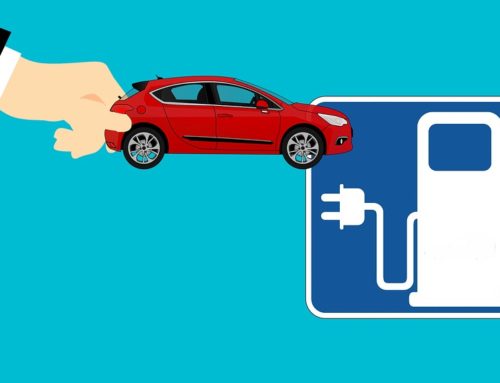
Leave A Comment